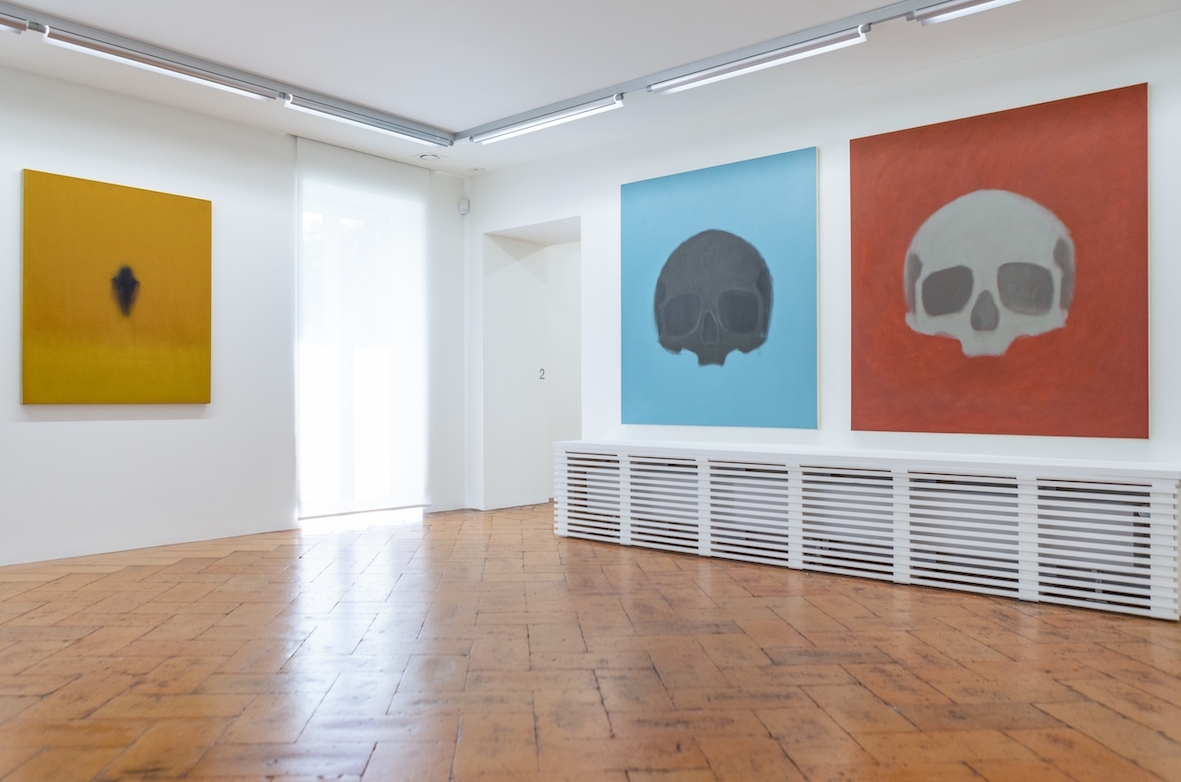
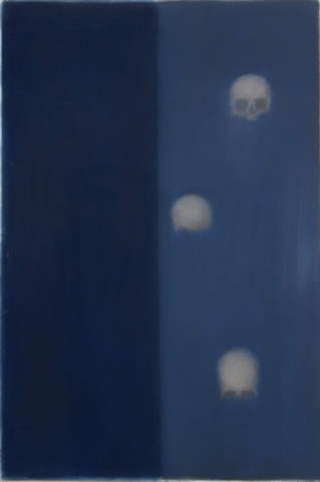
Drei Schädel in blau, 2006
pastello su carta
168 x 114 cm
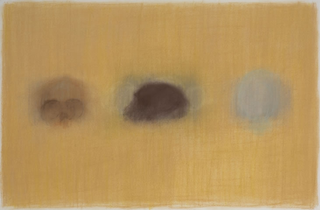
Kleine Reihe, gelb, 2004
pastello su carta
50 x 75 cm
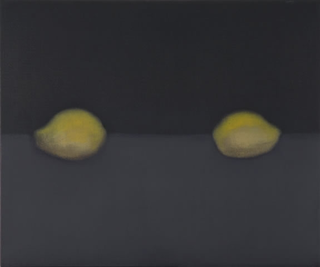
o. T., 2002–2004
olio su tela
50 x 60 cm
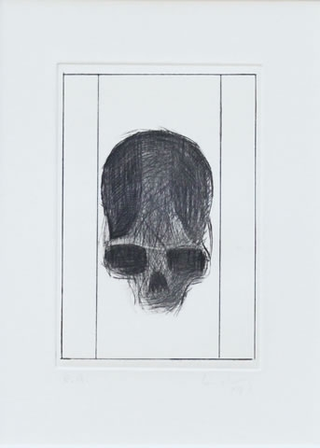
e.a., 2004
acquaforte
15 x 10 cm
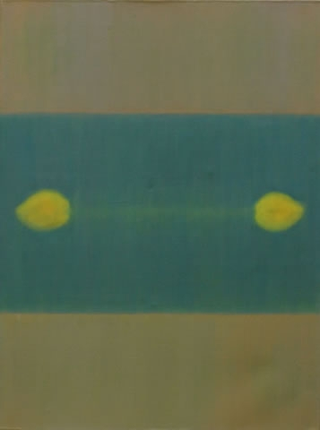
o. T., 2002
olio su tela
125 x 93 cm
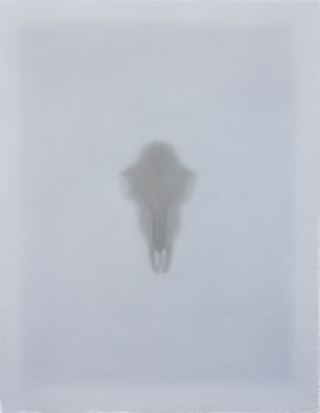
Schwarzer Tierschädel, s.d.
pastello su carta
90 x 70 cm
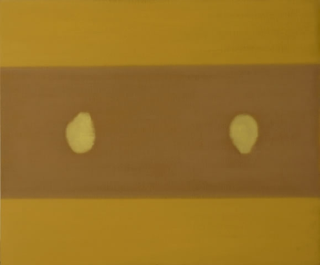
o. T., 2002
olio su tela
100 x 119 cm
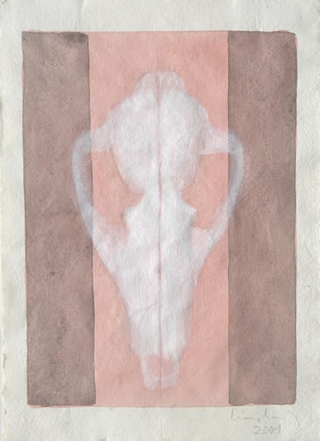
chädelbild, 2003-2006
acquarello su carta
15,5 x 10 cm
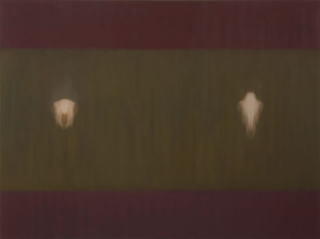
Dialog IV, 2002
olio su tela
150 x 200 cm
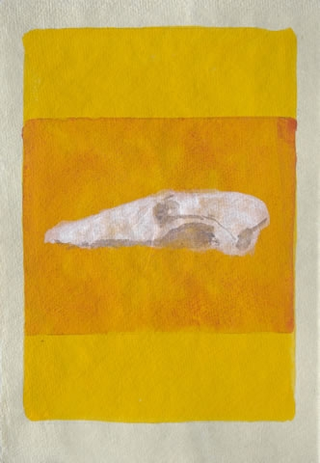
Schädelbild, 2003-2006
acquerello su carta
21 x 15 cm
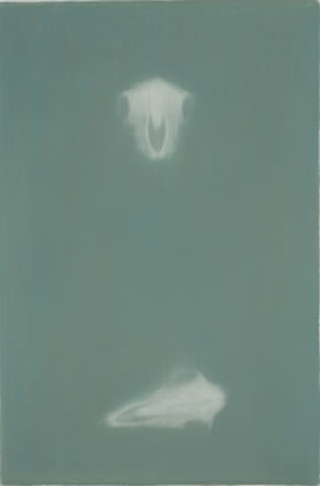
Begegnung II, 2002
pastello su carta
120 x 80 cm
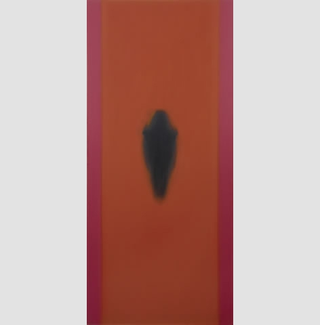
Schädelbild, 2002
olio su tela
220 x 110 cm
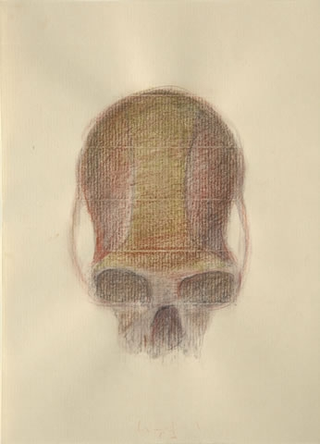
Schädelbild, 2003
tecnica mista
21 x 15 cm
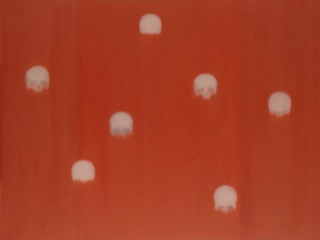
Schädelbild, 2002
olio su tela
150 x 200 cm
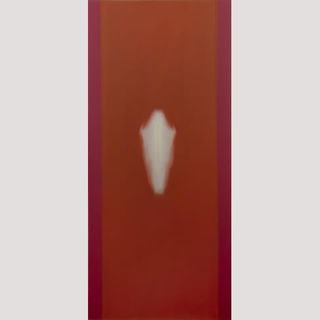
Schädelbild, 2002
olio su tela
220 x 110 cm
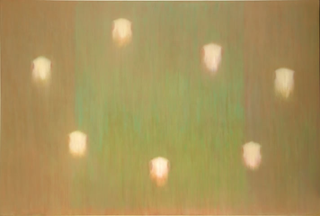
Schädelbild, 2002-2004
olio su tela
200 x 300 cm
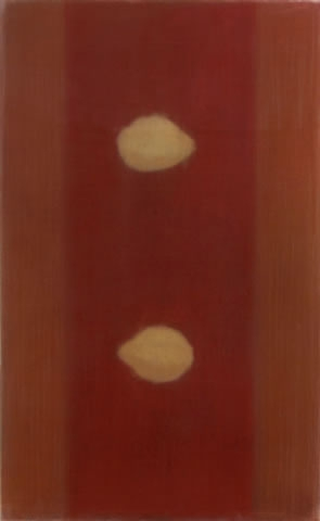
Quitten I, 2002
pastello su carta
107 x 66 cm
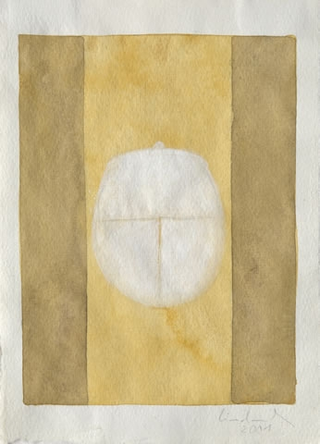
Schädelbild, 2001
acquarello su carta
15,5 x 10 cm
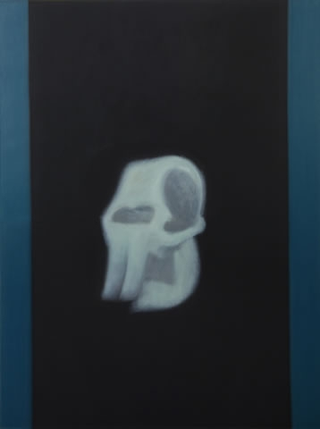
Schädelbild Elephant, 2001
olio su tela
200 x 150 cm
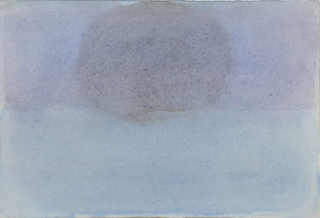
Dunkler Schädel auf blauem Hintergrund, 2001
acquerello su carta
13,5 x 19,5 cm
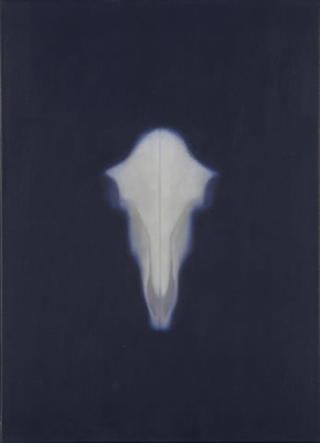
Schädel Schaf, 1984-1989
olio su tela
59 x 43 cm
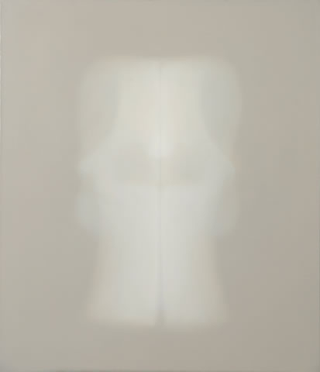
Schädelbild Elephant, 1978-1980
olio su tela
110 x 95 cm
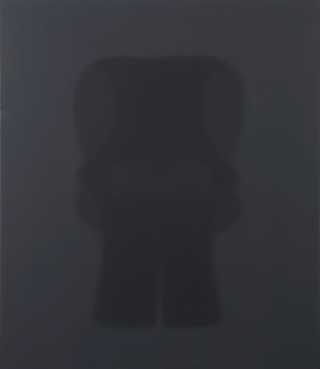
Schädelbild Elephant, 1978-1980
olio su tela
110 x 95 cm
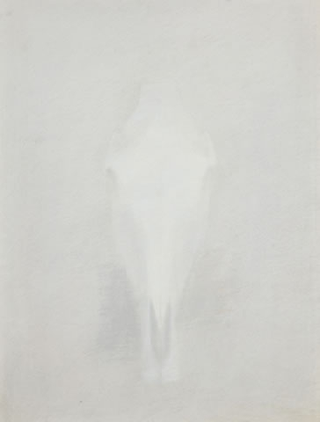
Schädelbild, 1978
pastello su carta
69 x 52 cm
Contatti
info@fondazionelindenberg.org